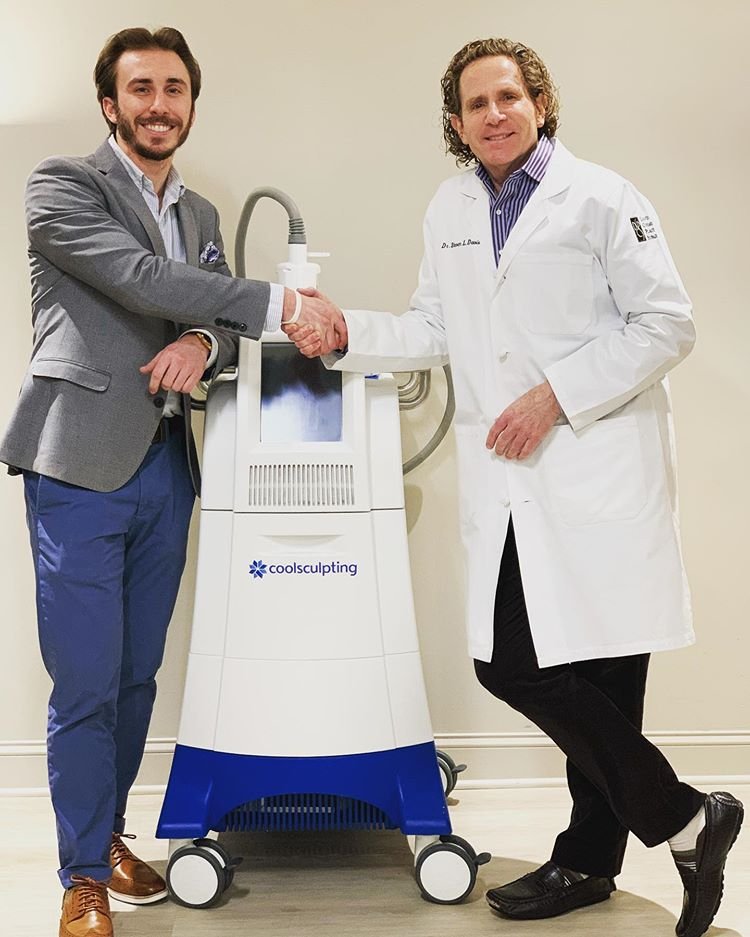More than 310,000 breast augmentations were done in 2018, the most recent year for which data is available. That’s enough to make it the most widely performed cosmetic surgery in the United States by a pretty wide margin. (Liposuction is the runner-up, at nearly 260,000 procedures, according to the American Society of Plastic Surgery.)
Still, for all that appeal—not to mention, mainstream acceptance—women tend to arrive for their consultations under-informed and surprised by the nuances of the procedure. So, over the next couple of posts, I’ll be taking a closer look some key aspects that, hopefully, will aid the decision-making process for anyone considering breast augmentation. We’ll start here with the different types of breast implants.

Why silicone
Basically, there are two kinds of breast implants: silicone and saline. Each has its own set of benefits and drawbacks. I’ll start with silicone because it’s the most popular. According to one recent estimate, silicone breast implants were used in 70% of the breast augmentations performed in the US.
While their potential for ruptures is well-known at this point—the risk is relatively minimal, though it’s recommended that MRIs are done roughly every couple of years for the life of the implant in an effort to detect leaks at their onset—silicone implants have become increasingly popular in recent years as the prevailing preference has gradually shifted from dramatic outcomes (think Baywatch in the nineties) to subtle, natural-looking enhancements. Of the two types, silicone implants are the softest and feel most like natural breast tissue. They’re also available in both round and teardrop shapes.
Highly-cohesive silicone implants are different from the standard kind in that the silicone gel has a thicker consistency, which makes them firmer to the touch. But they’ve also proven to hold up better and be less susceptible to rupturing.
Why saline
Saline implants are filled with sterile saltwater, which means, if they should ever rupture, the implants’ contents will be absorbed by the body without any ill effects.
Beyond the safety aspect, saline implants are favored by women who prioritize upper pole fullness and projection with their new breasts. In other words, they prefer a dramatic result to a subtle enhancement. Keep in mind, saline implants are heavier than silicone, which may cause the breasts to become bottom-heavy over time.
And because they’re not prefilled, unlike silicone implants, a smaller incision may be warranted. There is, however, some additional risk with this particular type of incision. With silicone implants, the incision is larger, but it’s hidden in the breast crease, which is considered optimal not only for aesthetic purposes but also because it affords the surgeon prime access to the breast pocket.
Finally, if cost is a consideration, saline implants are generally the less expensive option.
In my next post, I’ll go a bit deeper into implant shapes and outline some of the thinking that’s involved in positioning the implants.




